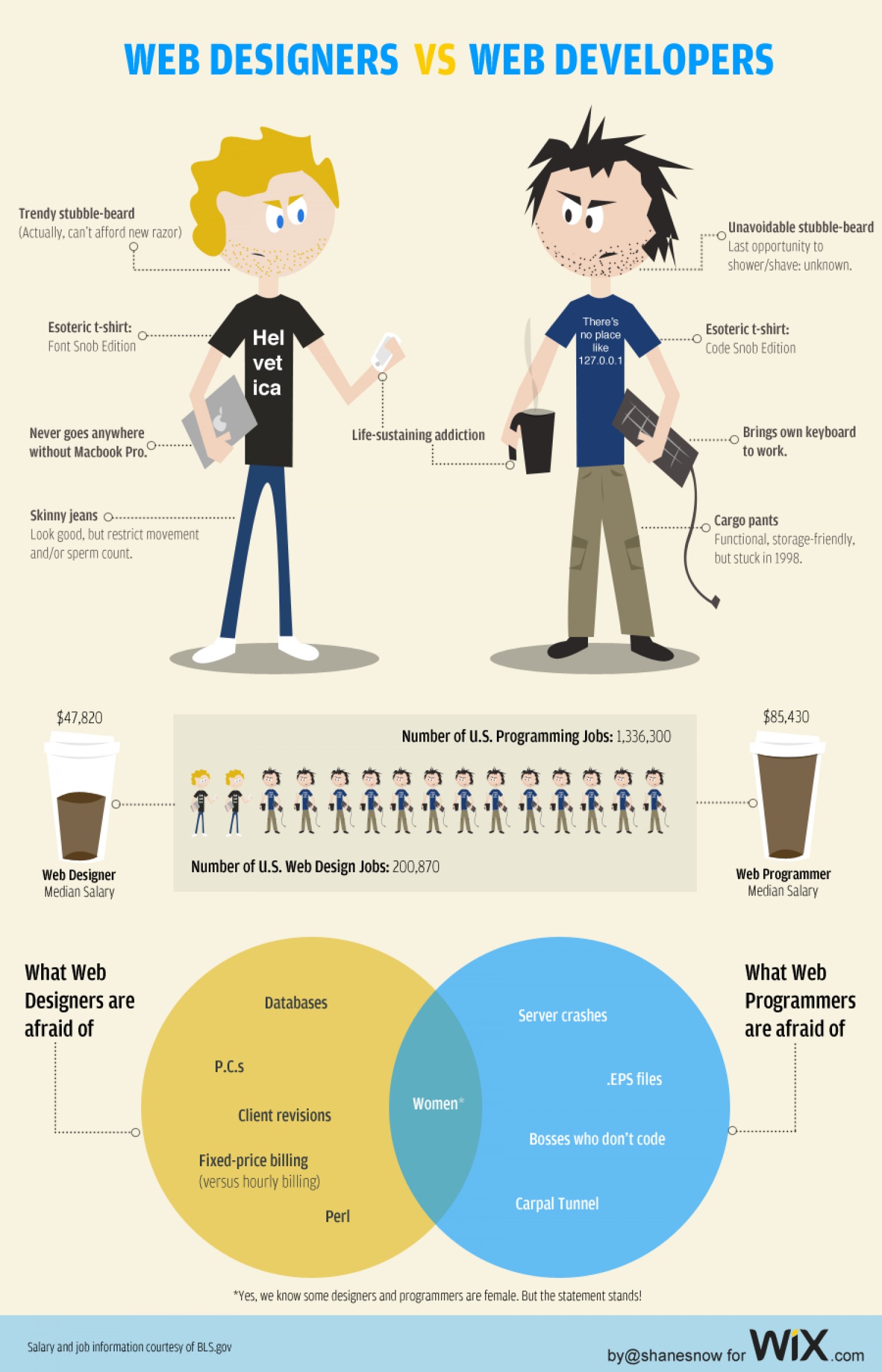CSS3 animations have changed distinguishly web page design by permitting developers to generate dynamic, engaging, in addition to interactive end user
encounters without relying heavily on JavaScript or third-party libraries. From smooth transitions to eye-catching
effects, CSS3 animations are becoming the essential tool intended for modern web advancement.
In this particular comprehensive guidebook, we’ll dive heavy into CSS3 animations, exploring how that they work, the real key attributes involved,
and sensible examples to bring your web projects to our lives.
What Are CSS3 Animations?
CSS3 animations allow elements on a webpage to be able to transition from design to another over the specified duration. They’re
achieved using keyframes, which define typically the intermediate steps between your starting and stopping styles of an element.
CSS3 animation provide:
Smooth Interactivity: Engage users with visually pleasing effects.

Performance Benefits: Useful animations that power the browser’s manifestation engine.
Ease of Use: Not any JavaScript required for simple animations.
Varieties of CSS3 Animations
CSS3 animated graphics can be broadly categorized into two styles:
1. Transitions
Transitions allow you to be able to change CSS components smoothly on the specific duration. They’re usually triggered by user
interactions like flying or clicking.
a couple of. Keyframe Animations
Keyframe animations provide more control, allowing a variety of stages and styles through the entire animation pattern. These types of are defined making use of the @keyframes rule.
Precisely how CSS3 Animations Job
CSS3 animations count on two key components:
1. The @keyframes Rule
The @keyframes rule defines the particular intermediate steps associated with an animation. You can specify styles with regard to specific points inside of the
animation sequence using percentages or perhaps keywords like through and to.
3. Animation Properties
WEB PAGE provides several properties to control animations, these kinds of as their timeframe, timing, iteration count, and more.
Essential Properties of CSS3 Animations
1. animation-name
Defines the name of the @keyframes animation to apply.
3. animation-timing-function
Adjustments the pacing associated with the animation. Normal values include:
four. animation-delay
Adds the delay ahead of the cartoon begins.
6. animation-direction
Specifies whether the animation should play within reverse or various directions. Values contain:
7. animation-fill-mode
Identifies the styles used before and after the animation.
Developing web developer with Examples
1. Basic Fade-In Animation
This kind of animation gradually makes the text visible over two seconds.
2. Bounce Cartoon
This creates a new bouncing effect by simply shifting the element vertically.
3. Rotate Cartoon
This animation rotates the element continuously.
4. Shade Changing Background
This kind of creates a seamless color transition effect.
five. Slide-In from typically the Left
This cartoon slides the component into view through the left.
Tricks for Effective CSS3 Animated graphics
Keep It Quick: Overloading your site with animations might overwhelm users. Employ them sparingly for impact.
Optimize Overall performance: Use transform and even opacity properties regarding smoother animations as they are GPU-accelerated.
Test Throughout Devices: Ensure animated graphics work well on mobile, tablets, and even desktops.
Consider Convenience: Provide alternatives or allow users to be able to disable animations when needed.
Browser Assistance for CSS3 Animated graphics
CSS3 animations are usually maintained all current browsers, including Silver, Firefox, Safari, plus Edge. For old browsers,
consider fallbacks or gracefully uncomfortable the animation knowledge.
Advanced Techniques together with CSS3 Animations
one. Combining Multiple Animation
You could apply numerous animations to the single element employing a comma-separated checklist.
2. Animation Shorthand
Instead of composing individual properties, make use of the shorthand animation property:
3. Causing Animations with CSS Classes
Use JavaScript to add or remove CSS instructional classes dynamically, triggering animation only when necessary.
CSS3 Animations compared to. JavaScript Animations
Any time to Use CSS3 Animations
Simple changes or effects (e. g., hover animations).
Scenarios where efficiency and simplicity are usually priorities.
When should you Employ JavaScript Animations
Compound animations with customer interactions.
Animations that will require runtime control or logic.
Conclusion
CSS3 animations really are a game-changer in web design, offering endless options to enhance end user experiences. By
perfecting properties like @keyframes, animation-duration, and animation-timing-function, you could create how it looks
stunning effects with no relying heavily about external libraries.
Whether you’re a beginner or perhaps a seasoned programmer, CSS3 animations allow you to enhance static web internet pages directly into
engaging, interactive platforms that astound your audience.
Today, it’s time in order to experiment and provide your web tasks to life together with the power of CSS3 animations!
